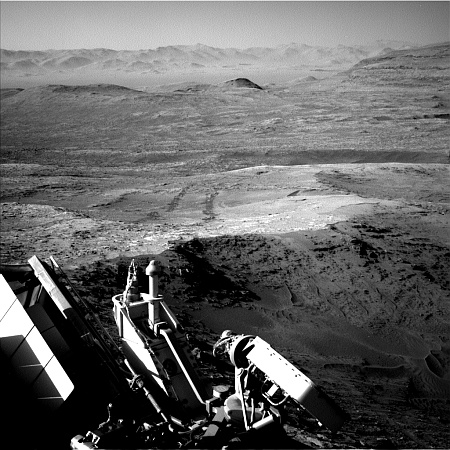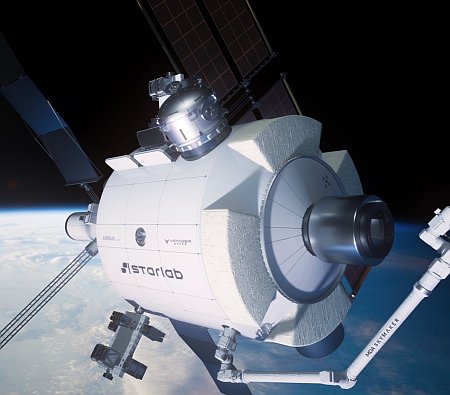SpaceX launches 19 more Starlink satellites
Only a few hours after it scrubbed the launch of its Endeavour capsule carrying four astronauts to ISS because of weather at Kennedy in Florida, SpaceX proceeded to successfully launch 19 more Starlink satellites, its Falcon 9 rocket lifting off from Vandenberg in California.
The relatively low number of Starlink satellites on this launch appears related to the higher orbit in which they were placed. The first stage completed its 27th flight, landing on a drone ship in the Pacific. SpaceX now has four boosters that have flown more than 25 times, respectively 29, 27, 26, and 26.
The leaders in the 2025 launch race:
95 SpaceX
41 China
10 Rocket Lab
9 Russia
SpaceX now leads the rest of the world in successful launches, 95 to 71. Meanwhile, the manned Endeavour launch has now been rescheduled for tomorrow morning.
Only a few hours after it scrubbed the launch of its Endeavour capsule carrying four astronauts to ISS because of weather at Kennedy in Florida, SpaceX proceeded to successfully launch 19 more Starlink satellites, its Falcon 9 rocket lifting off from Vandenberg in California.
The relatively low number of Starlink satellites on this launch appears related to the higher orbit in which they were placed. The first stage completed its 27th flight, landing on a drone ship in the Pacific. SpaceX now has four boosters that have flown more than 25 times, respectively 29, 27, 26, and 26.
The leaders in the 2025 launch race:
95 SpaceX
41 China
10 Rocket Lab
9 Russia
SpaceX now leads the rest of the world in successful launches, 95 to 71. Meanwhile, the manned Endeavour launch has now been rescheduled for tomorrow morning.







